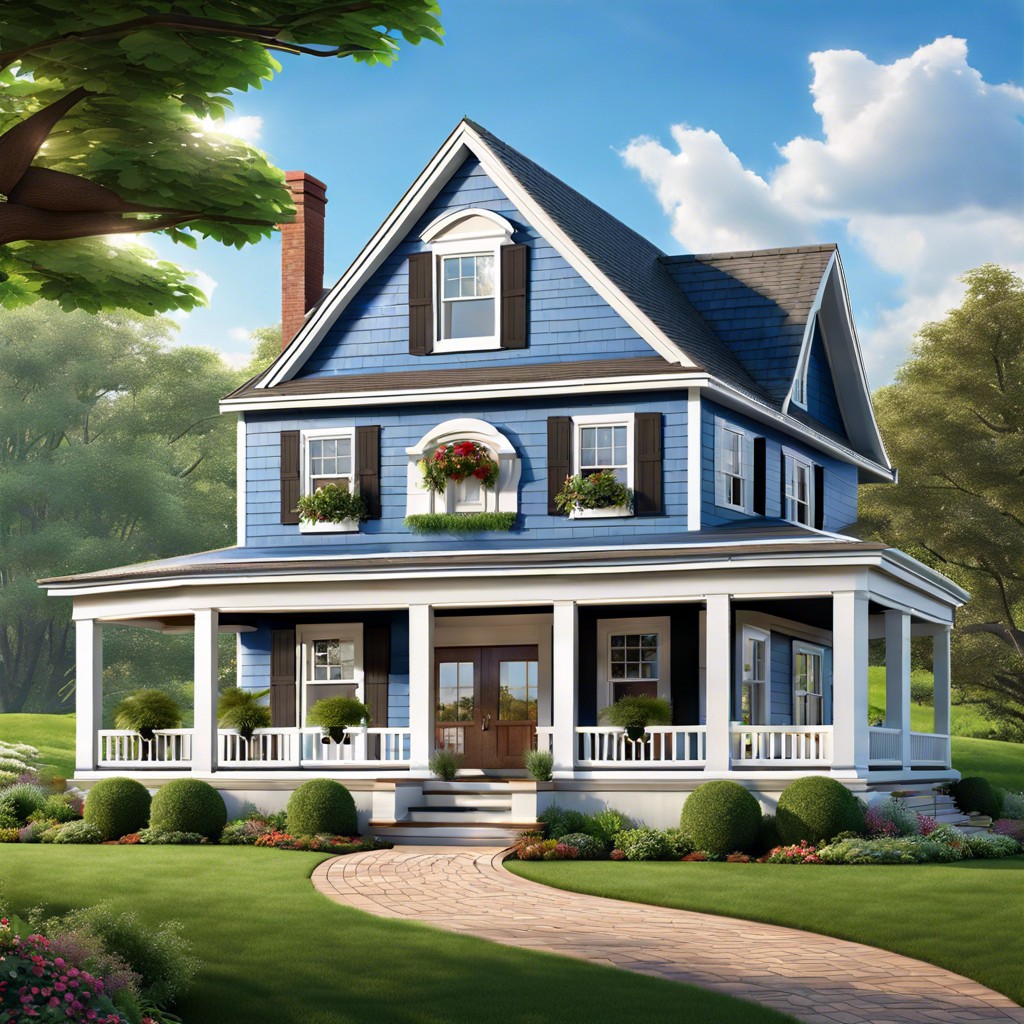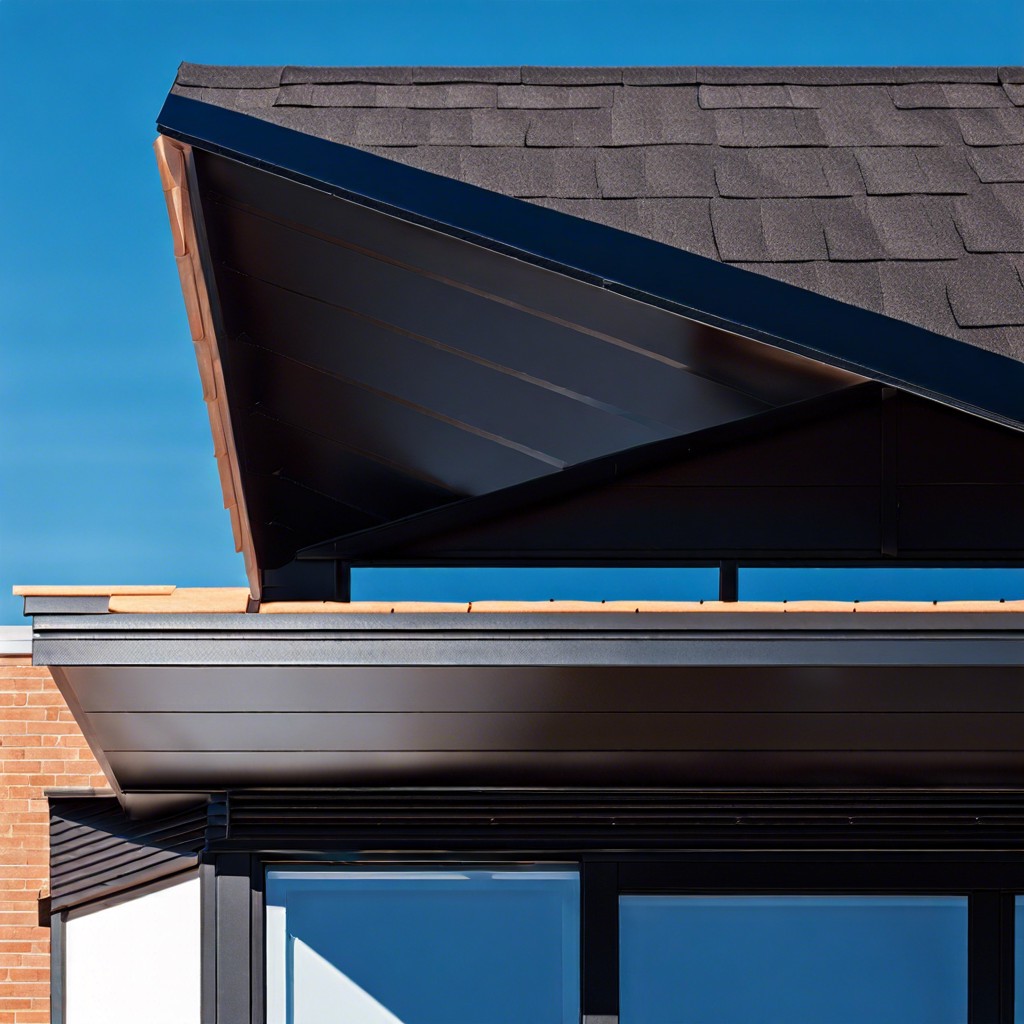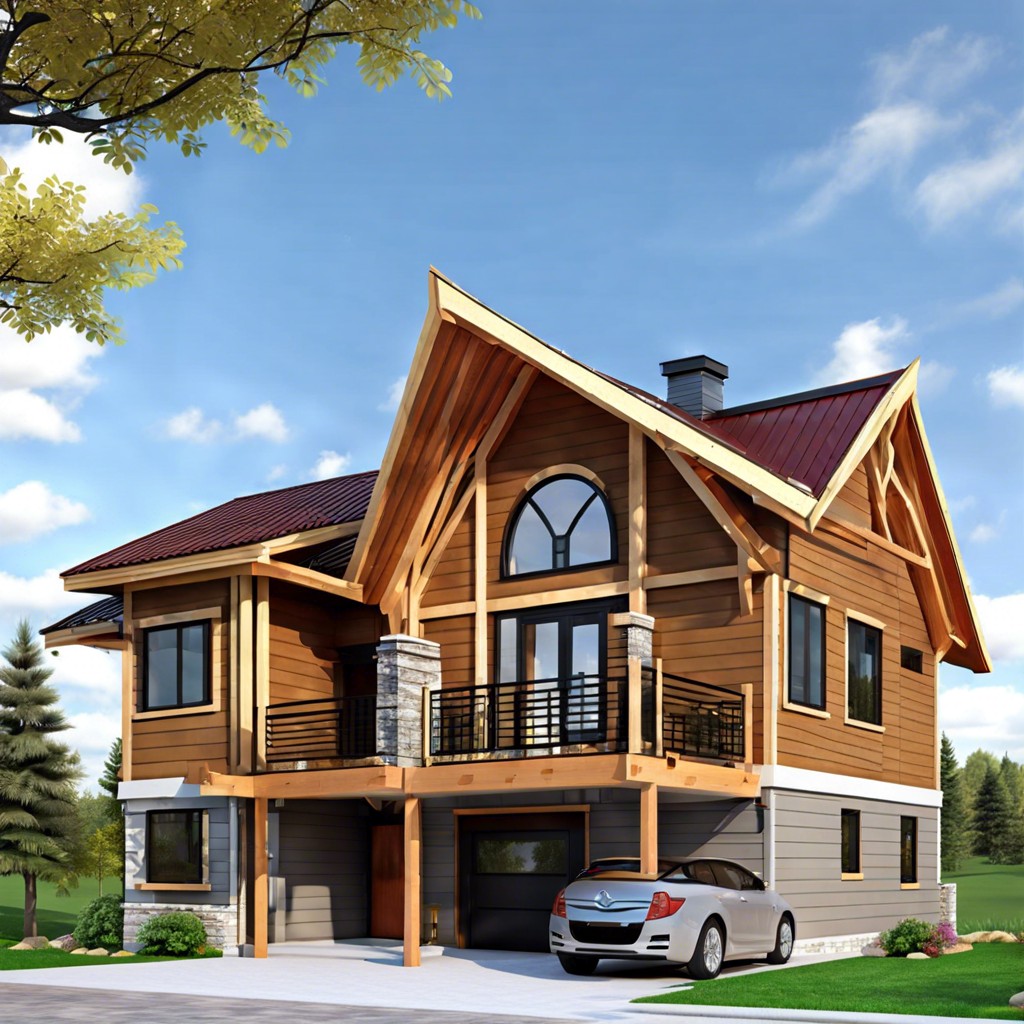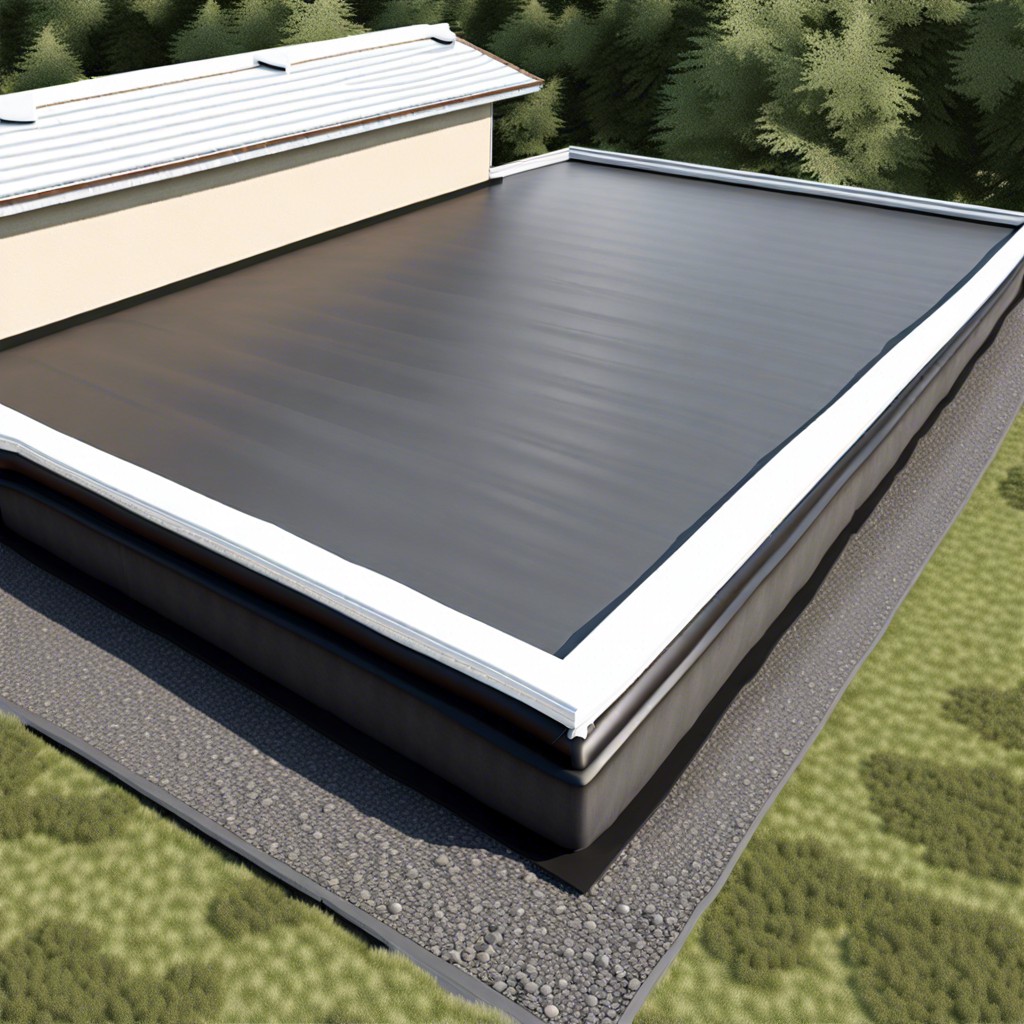Last updated on
Many homeowners question whether insurance policies will cover the costs associated with a 20-year-old roof; this article provides clarity on insurance coverage stipulations for aging roofs.
Key takeaways:
- Factors that impact roof coverage include material, condition, installation, location, and policy terms.
- Coverage for aging roofs decreases as potential problems increase.
- Well-maintained roofs are more likely to be covered.
- Climate and region-specific risks can affect coverage.
- Review policy, document roof condition, address minor damages promptly.
Examination of Factors That Impact Roof Coverage

When assessing whether an insurance policy will cover an aging roof, insurers consider multiple factors. The material of the roof plays a significant role; slate and metal may have longer lifespans than asphalt shingles, potentially influencing coverage decisions.
The condition of the roof is equally important; a well-maintained roof with regular inspections may be more likely to be covered. Insurers also evaluate the roof’s installation quality because proper installation extends roof life and reduces the likelihood of damage.
Additionally, the geographic location affects coverage due to varying weather patterns and natural disaster risks, which may increase the likelihood of damage. Finally, the specifics of the insurance policy itself—including exclusions, riders, and endorsements—determine the circumstances under which a roof may be covered, especially as it pertains to its age.
Homeowners should review their policies carefully, considering these factors and consult their insurance agent for detailed understanding.
Insights From Insurance Experts On Roof Age and Coverage Policies
Insurance experts underline that coverage for aging roofs typically decreases as the potential for problems increases. The life expectancy of roofing materials is paramount in determining eligibility and extent of coverage. For instance, insurers often provide full replacement value for roofs under 10 years old, but for those over 20 years, the coverage might shift to actual cash value — taking depreciation into account.
Moreover, policies often specify that roofs must be well-maintained to qualify for claims. A roof neglected or with pre-existing damage may lead to denied claims, regardless of age. It’s also not uncommon for insurers to set coverage limits or require inspections before extending or renewing policies on older roofs.
Adaptations in response to climate and region-specific risks can also affect coverage. Homes in areas prone to severe weather may have stricter guidelines or endorsements required for older roofs. Homeowners must familiarly review their policy’s fine print and confirm with agents to understand how roof age impacts their specific situation.
Case Study: Homeowners With a 20-year-old Roof Seeking Insurance Claims
When evaluating insurance claims, the roof’s age is a critical determinant in the decision-making process. Insurers often depreciate the value of a roof as it ages, and after 20 years, coverage might be limited or require higher deductibles. For homeowners with a roof of this age, claim denial or reduced payouts are possible scenarios, especially if the damage is attributed to wear and tear rather than a covered peril.
In one instance, a homeowner with a 20-year-old asphalt shingle roof faced hail damage. The insurance company assessed the roof’s condition prior to the event, noting that it was nearing the end of its typical life expectancy. Despite this, since hail damage was listed as a covered event in the policy, the homeowner was partially reimbursed for the roof replacement cost. However, the reimbursement amount was adjusted based on the roof’s depreciated value, which meant the homeowner had to cover a significant portion of the replacement cost out-of-pocket.
Another homeowner with a similar-aged roof experienced a different outcome after severe wind damage. Their policy specified that full replacement costs would only be covered if the roof was less than 15 years old. For roofs older than that, only the actual cash value at the time of loss would be considered. The insurer provided compensation based on the roof’s depreciated value, which was substantially less than the replacement cost, leaving the homeowner to finance the balance.
These examples underscore the importance of understanding the specifics of a homeowner’s insurance policy, including how the age of the roof may influence claim outcomes. Homeowners should review their policies, maintain their roofs regularly, and discuss potential gaps in coverage with their insurance providers to avoid unwelcome surprises when filing claims.
Tips for Homeowners to Ensure Their Older Roofs Are Covered
Maintaining an older roof can be challenging, but securing insurance coverage is feasible with the right strategies. Start by reviewing your insurance policy annually to understand the specifics of roof coverage as it pertains to the age of your roof and the type of damage it incurs. Document the condition of your roof with photos and maintenance records; these can be invaluable if you need to file a claim.
Ensure you address minor damages promptly—regular maintenance can prevent small issues from becoming serious problems that insurance might not cover. Consider having a professional inspection periodically, as insurers give credence to reports from licensed contractors or roof inspectors.
Lastly, if you’ve installed a new roof, notify your insurer as this could potentially lower your premiums and ensure you have appropriate coverage as your roof ages. By staying proactive, you can maximize the chances of insurance coverage for your 20-year-old roof.




